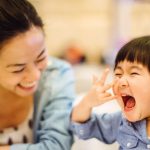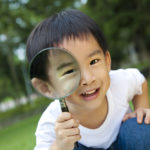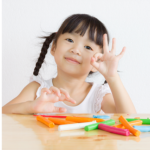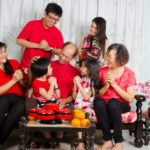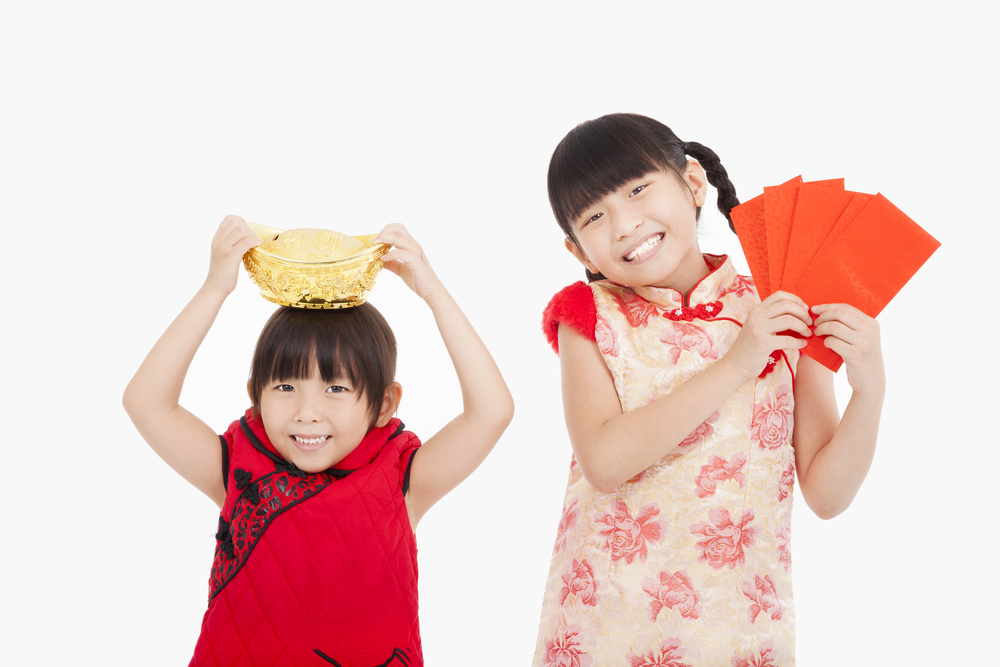
The Lunar New Year is still one of the most important celebrations for the Chinese in Singapore.
Being a 15-day celebration, there are many Chinese New Year traditions and customs to observe, some of which are apparently only particular to Singaporeans!
A list of Must-Know Chinese New Year Traditions
Chinese New Year traditions that have been passed down over generations have much significance to the Chinese. Some were formed because of the Chinese way of life in the past but many of them represent deep hopes and wishes for a better new year, every year.
Spring Cleaning
The 20th day of the 12th month of the lunar calendar is traditionally the day for sweeping floors. The Chinese believe that cleaning the home before Chinese New Year will get rid of any bad luck that may have accumulated over the past year.
However, once the clock strikes 12 and Chinese New Year has arrived, there will be no cleaning on the first day of Chinese New Year, at the very least, for fear of sweeping away good luck that has arrived in the new year.
Reunion dinner
The reunion dinner is one of the most important traditions for all Chinese.
Traditionally, even if they live far away from each other, all members of each family make it a point to go home and bond over a sumptuous meal at a round table.
Eating at a round table signifies completeness of family members and eating well is a must. Each dish put on the table has to be served in a particular way and has particular significance, usually because they sound auspicious phonetically.
For example, fish is usually served whole to represent completeness, that is, to have a beginning and an end, and because the Chinese term for fish sounds like the word meaning for “having excess”, which signifies a bountiful new year to come. Other auspicious foods include oysters, because the Chinese term for oysters rhymes with grand, which suggests wealth and prosperity.
The tradition of having a reunion dinner on the eve of Chinese New Year is so important to the Chinese that even in very hard times, the Chinese put the best food they can afford on the table and make their best effort to go home for dinner.
Staying up on Chinese New Year’s Eve
This tradition is known as Shou Shui (loosely translated as “observing age”) in Chinese. Traditionally, children stay awake throughout the night after the reunion dinner because it is believed that the longer you stay up on Chinese New Year eve, the longer your parents have to live.
Firecrackers
There is a Chinese legend of the Nian, a monster that would come out to eat villagers and destroy their homes on Chinese New Year’s eve. It is said that villagers discovered that burning dry bamboo to produce an explosive sound scared away the monster. Since then, the Chinese have a tradition to use fire crackers to scare away evil spirits on Chinese New Year’s Eve.
Ang Pows or Red Packets
Red packets or Ang Pows are traditionally given by elders and married couples to send blessings and luck to children and unmarried members of the family.
There is no fixed amount to be put into each red packet, but the amount must be an even number and not an odd number – because odd numbers are inauspicious for the Chinese.
It is considered rude to open your red packet in front of the giver.
Chinese New Year Customs & Auspicious Symbols
Other than Chinese New Year traditions, there are also many Chinese New Year customs that are practiced by Chinese all over the world – one of them actually originated from Singapore.
Decorating with red, gold and flowers
Red is traditionally a lucky colour and gold symbolises wealth. Hence, the Chinese like to decorate their homes with these colours for Chinese New Year.
Flower bulbs such as daffodils and hyacinths signify new life and are considered auspicious. They are usually displayed in Chinese homes together with other flowers such as azalea, pussy willow, lotus or peonies.
New clothes
The Chinese like to wear completely new sets of clothing for Chinese New Year to signify a bountiful new beginning. It is not just limited to clothing for visiting; the Chinese are likely to prepare new sets of pajamas and even underwear as well.
Haircut
It is bad luck to cut anything during the 15 day Chinese New Year period, hence the Chinese tend to go for a haircut before the last day of the Lunar year so that they will not look unkempt, and also because a clean, well maintained appearance matters to usher in a prosperous new year.
Spring Couplets
Spring couplets are a pair of Chinese poetry lines written vertically in black or gold ink on red paper, to be read from right to left that offers blessings for the new year.
There are very particular requirements traditionally, including their structures, antithetical meanings and even the number of characters in each of the pair of poetry lines must be the same.
Steamboat
Gathering around a round pot for dinner is known as “Wei Lu” in Chinese and signifies reunion. Hence many families have steamboat for reunion dinner, in addition to other foods with auspicious significance.
Pen Cai
The Pen Cai is a stew made from rich and expensive foods such as abalone, shark’s fin, prawns and other seafood. It signifies that the family will eat well in the coming year and is favoured by the Chinese for either reunion dinner or other meals within the 15-day Chinese New Year celebration.
Tossing Yu sheng
Did you know, that the custom of tossing Yu Sheng originated from Singapore?
The Yu Sheng is essentially a salad made from colorful, cut or grated ingredients such as carrot, cucumber, white radish and pickle to go with raw fish and condiments such as sesame oil, plum sauce, crushed peanuts, deep fried wonton skins, pepper and cinnamon.
There is a particular sequence with which you need to add the condiments to the Yu Sheng and also particular blessings to utter together with the condiments. Legend has it that the higher you toss, the more prosperity or luck you will have in the new year. Thus, the Chinese New Year custom of tossing Yu Sheng is a fun activity for the young and old.
Tangerines
Tangerines are presented to friends and relatives during visiting because they are symbols of wealth and good luck.
Trays of candies and seeds
Candies represent sweetness in the new year and in the Chinese culture, seeds of any kind represents children or the bearing of children due to the phonetical similarity of the Chinese word for seed with the Chinese word for son.
Hence, you will often find round-shaped containers with compartments holding watermelon seeds or lotus seeds as well as sweet treats such as candied lotus, dried coconut strips, dried fruits, candies and chocolates.
Other wealth symbolising Chinese New Year foods
The Chinese are transfixed with auspicious words such as “Fa” ( “getting rich”) and foods like “Fa Gao” ( “getting rich cake), a dense and sweet mini cake, and “Fa Cai” ( “striking rich”), a type of photosynthetic bacteria, which looks like hair that is used as a vegetable in Chinese cuisine.
Other wealth symbols in foods include dumplings, because they look like ingots, which are the currency used in the past, pineapple tarts, because they are pronounced the same as “good fortune”, as well as the pomelo fruit, which is believed to bring wealth and luck.
Lion dances
It is common to come across lion dances during Chinese New Year. Firstly, they are a good way to bring out the festive atmosphere, and more importantly, because the lion symbolises power, wisdom and superiority to the Chinese. The dance is performed to bring prosperity and good luck in the new year.
Getting Children Involved in Chinese New Year
Chinese New Year customs and traditions provide the opportunity for you to pass on Chinese culture and its significance to your children and it is also a good chance to bond with them.
Spring cleaning together can help them understand Chinese values such as serving their family members by cleaning together, reunion dinners teach them the importance of family ties and in the process, you might be able to sneak in some learning on the Chinese language too.
Here’s to a happy and prosperous Lunar New Year – have fun!
Read also: CNY Traditions Observed by the Different Dialect Groups in Singapore


